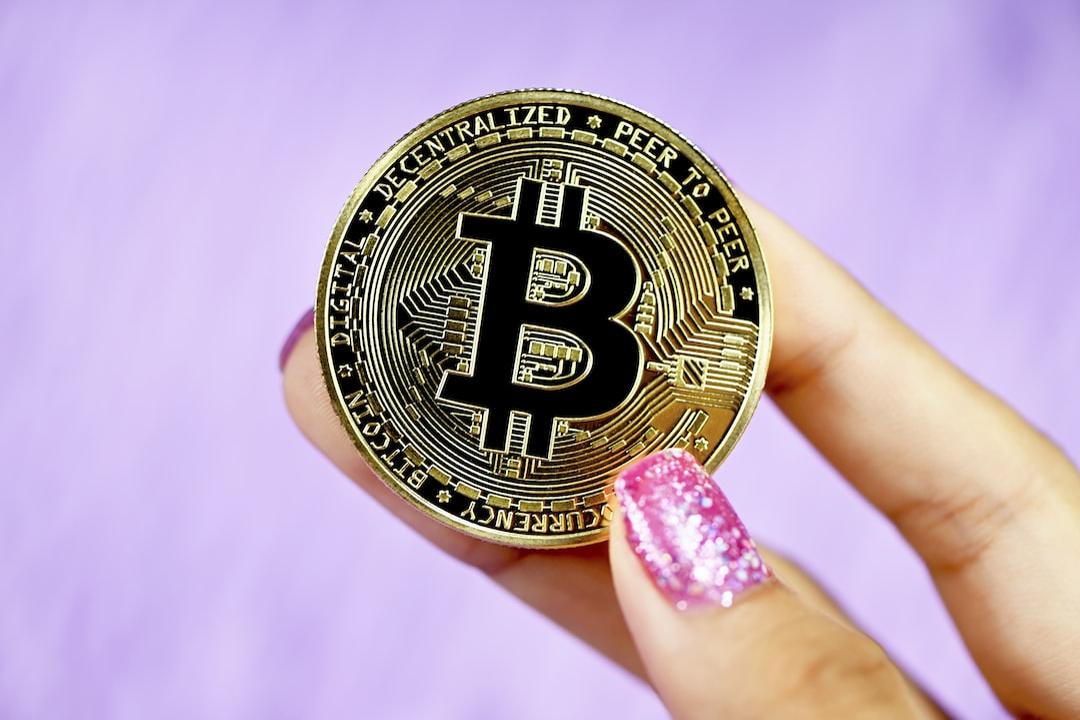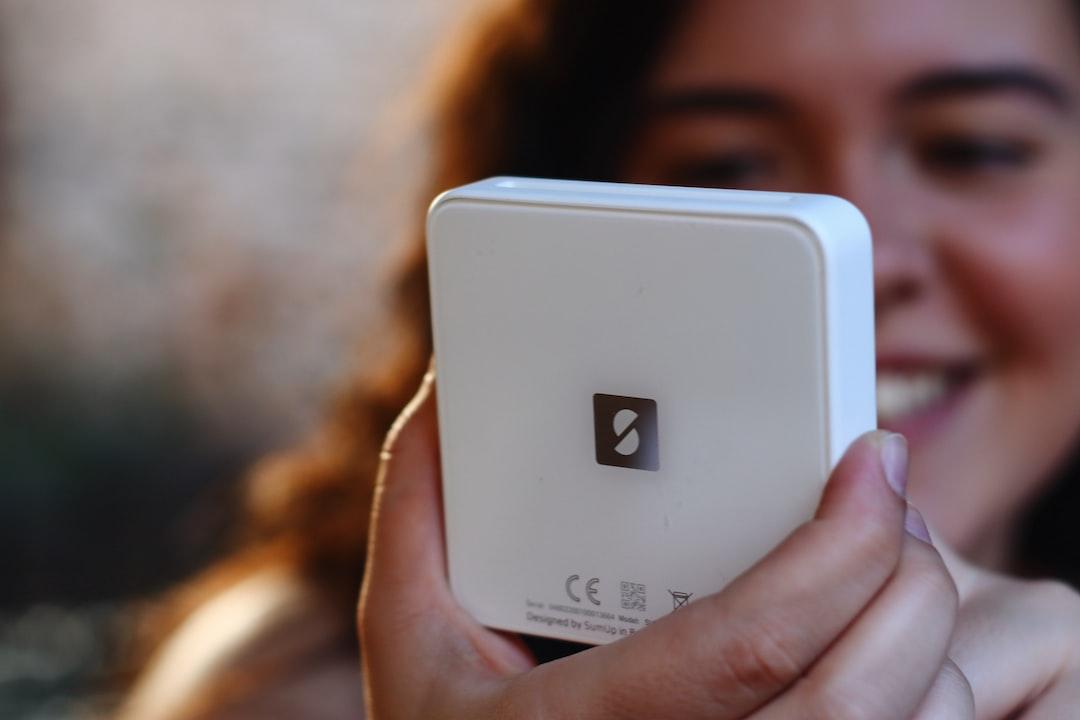CoinWorld reported:
Last night (27th), around 9 o’clock, asset management giant VanEck confirmed that it has submitted an application to the US SEC for the issuance of equity common stock for the Solana Fund (VANECK SOLANA TRUST) and expects to list and trade on the Cboe BZX Exchange, subject to issuance notice. As soon as this news came out, the entire SOL ecosystem exploded along with the main chain SOL. The main targets of the SOL ecosystem include JTO, jup, RAY, and other meme coins with the highest increase in the ecosystem. Among them, there are three main coins listed on Binance: bome, wif, bonk.

In response to this, Matthew Sigel, Director of Digital Asset Research at VanEck, explained the application in a post on X. The following is a full translation of the article by the blockchain community:
I am pleased to announce that VanEck has just applied for the first Solana Exchange Traded Fund (ETF) in the United States. Here are some of our thoughts on why we believe SOL is a commodity.
Why did we apply for a Solana ETF?
As a competitor to Ethereum, Solana is an open-source blockchain software designed to handle various applications, including payments, transactions, games, and social interactions. Solana blockchain operates as a single global state machine without sharding or layer 2 solutions, and its unique combination of scalability, speed, and low cost may provide a better user experience for many use cases.
Why do we believe SOL is a commodity like Bitcoin and Ethereum?
We believe that the native token SOL functions similarly to other digital commodities such as #Bitcoin and #ETH. It is used to pay for transaction fees and computational services on the blockchain. Similar to Ether on the Ethereum network, SOL can be traded on digital asset platforms or used for peer-to-peer transactions. The wide range of applications and services supported by the Solana ecosystem, from decentralized finance (DeFi) to non-fungible tokens (NFTs), highlights the utility and value of SOL as a digital commodity. The Solana network is not operated or controlled by a single intermediary or entity, a principle known as decentralization.
It is also worth noting that the SEC application states that the trust, sponsor, SOL custodian, or any other person related to the trust will not directly or indirectly take any staking actions with any SOL held by the trust to earn rewards or generate other income, and only cash subscriptions and redemptions are currently allowed. (In other words, staking is not currently available)
SOL jumps 10%
Encouraged by this news, SOL briefly surged 8% to break through $150, and at the time of publication, it had slightly retreated to $147.9.

In conclusion, the recent hot topics are as follows:
1. VanEck, the US asset management giant, has submitted a trust application for Solana, and the SOL ETF may be launched at some point in 2025. The surge in the SOL ecosystem has played a certain role in boosting the current market.
2. $ENS is about to undergo a brand overhaul. ENS is considered the child of Ethereum, and Vitalik Buterin often posts about it on social media. Its current trend is extremely strong.
3. $APT collaborates with Alibaba Cloud.
4. $SNT has proposed a new plan to launch the Status Network.
5. Mt. Gox creditors in Mentougou may sell some bitcoins next month, but it is expected that the cash repayment by FTX creditors will cause the market to rebound in August.
Subscribe to Updates
Get the latest creative news from FooBar about art, design and business.
Translation Whats the Reason Behind the 10 Surge in SOL Price as VanEck Applies for Solana ETF with SEC
Add A Comment

